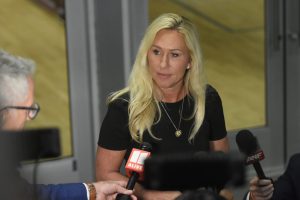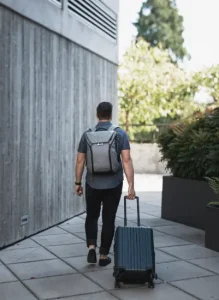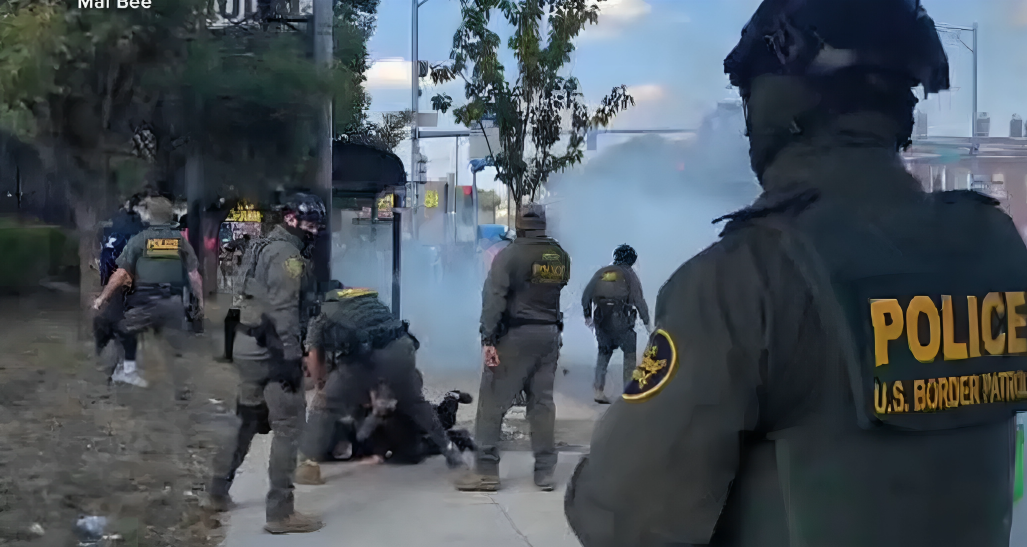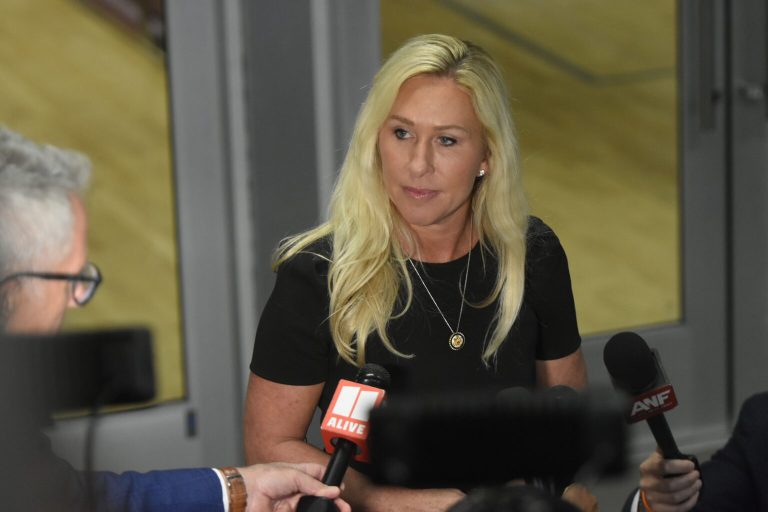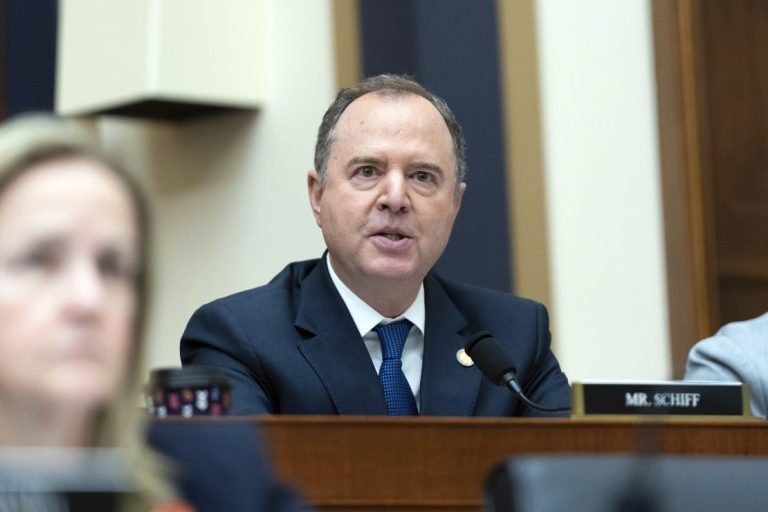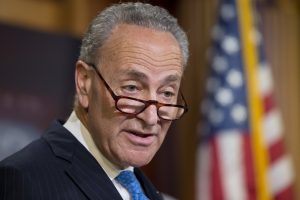A disturbing confrontation on Chicago’s South Side has sparked outrage nationwide after reports surfaced that city police officers were ordered to “stand down” while federal Border Patrol and ICE agents were trapped by a violent crowd. The clash, which occurred near an Immigration and Customs Enforcement (ICE) processing facility, has become the latest flashpoint in growing tensions between federal and local authorities over immigration enforcement and public safety.
According to dispatch audio and internal communications obtained by multiple outlets, Chicago police were initially preparing to respond to calls for help from federal agents surrounded by protesters. The agents, who were conducting a standard patrol in an area roughly fifteen miles from an ongoing anti-ICE demonstration, found themselves encircled by a convoy of vehicles — some of which allegedly rammed into federal vehicles to prevent them from escaping.
The Department of Homeland Security (DHS) confirmed the incident, describing how agents were “attacked and rammed by vehicles and boxed in by ten cars.” Federal officials say the attack unfolded rapidly, escalating from harassment into direct violence.
When agents attempted to exit their vehicles, one suspect — described as a woman armed with a semi-automatic firearm — allegedly tried to drive into them. The agents opened fire, striking and apprehending her. She was later taken into custody and transported to a nearby hospital for treatment.
As the confrontation intensified, ICE agents radioed for immediate assistance from local law enforcement. Dispatch recordings reviewed by journalists paint a chaotic picture of what happened next.
“Younger male Hispanic wearing all black … wanted for the hit-and-run, this guy fled from the scene,” a dispatcher can be heard saying in response to the distress call from the federal officers. “When the offending vehicle crashed, they ran the federal agent off the road — they fled on foot westbound,” the dispatcher added.
Initially, responding officers were directed to approach the area. But moments later, a commanding officer’s voice can be heard on the radio instructing the dispatcher to tell them to “stay put.” Within minutes, that order reportedly escalated into a full withdrawal.
“Per the chief of patrol: clear everybody out, we’re not responding over there,” the voice says firmly. The dispatcher repeats the message over the radio, ordering all Chicago Police Department (CPD) units to disengage.
One officer can be heard replying that he and his team were unable to immediately retreat due to gridlocked traffic. “We’re going to clear out as soon as we can — we’re like blocked in over here,” he said. “We’ll do the best we can to get out of here as soon as possible.”
https://twitter.com/ExxAlerts/status/1974681845758374156
An internal CPD memo later obtained by Fox News appeared to confirm that the stand-down directive was genuine. The message, sent during the height of the confrontation, read: “PLEASE CHIEF OF PATROL NO UNITS WILL RESPOND TO THIS… CALLER IS 1 OF APPROX 30 ARMED PATROL AGENTS (ICE) WHO ARE BEING SURROUNDED BY A LARGE CROWD OF PEOPLE REQUESTING CPD.”
The revelation that Chicago officers may have been ordered to withhold assistance from fellow law enforcement officers quickly ignited a political firestorm. Critics accused city leaders of prioritizing political optics over public safety.
However, Chicago Police officials strongly denied that any stand-down order had been issued. In a statement to Fox News, the department said, “To clarify misinformation currently circulating, CPD officers did in fact respond to the shooting scene involving federal authorities on Saturday to maintain public safety and traffic control.”
The department added that officers “will always respond to anyone who is being attacked or is under the threat of physical harm,” emphasizing that supervisors determine how to proceed “in accordance with City law” when incidents involve federal immigration enforcement.
Despite that statement, the audio recordings and the internal memo have left many unconvinced. Critics argue that the recordings provide clear evidence that at least some officers were told to withdraw, even as federal agents were under attack.
Video footage circulating online shows at least one civilian vehicle ramming an ICE truck. Additional clips appear to show agents taking defensive positions while surrounded by shouting protesters.
Homeland Security Secretary Kristi Noem condemned the attack in a post on X, formerly known as Twitter. “Today in Chicago, members of our brave law enforcement were attacked — rammed and boxed in by ten vehicles, including an attacker with a semi-automatic weapon,” she wrote. “This is unacceptable. Federal officers will not be abandoned or left without backup again.”
Noem promised that the federal government would deploy additional resources to protect ICE and Border Patrol agents working in hostile jurisdictions. “We are sending support to Chicago immediately,” she added. “Every agent deserves to come home safely.”
Federal sources told reporters that the agents had been conducting routine surveillance of human smuggling routes when they were ambushed. Officials suspect that some of the attackers were linked to organized protest networks that had been demonstrating outside an ICE processing facility in Broadview earlier that day.
The altercation comes amid escalating tensions between federal law enforcement and so-called “sanctuary cities” that restrict cooperation with immigration authorities. Chicago has long maintained a sanctuary policy, limiting the ability of local police to collaborate with ICE.
Critics say that policy has created confusion during emergencies like Saturday’s confrontation, where city officers may have hesitated to intervene due to fears of violating local laws or political directives.
“This incident is the result of years of anti-enforcement rhetoric from city leaders,” said a senior DHS official who spoke anonymously. “When local officers are told that helping federal agents could get them in trouble, you end up with situations where brave men and women are left to fend for themselves.”
Others defended the Chicago Police Department, arguing that the situation was more complicated than the recordings suggest. Law enforcement experts note that when multiple agencies respond to violent incidents, communication breakdowns can lead to delays or conflicting orders.
Still, the optics are troubling. The idea that Chicago officers might have ignored pleas for help from trapped federal agents — even temporarily — has fueled anger among law enforcement groups and lawmakers.
House Speaker Mike Johnson called for an investigation into the alleged stand-down order, saying that “no political directive should ever prevent law enforcement from protecting one another in the field.”
Sen. Tom Cotton echoed that sentiment, writing on social media: “If these reports are true, every official involved in ordering Chicago police to stand down should be fired immediately. You don’t tell cops to ignore fellow officers under attack. Period.”
The confrontation also raised new questions about the safety of federal agents working in urban areas where anti-ICE protests are frequent. Homeland Security has recorded multiple incidents this year in which demonstrators blocked roads, surrounded vehicles, or interfered with arrests.
Public safety experts warn that without stronger coordination between local and federal agencies, such incidents could escalate further. “It’s only a matter of time before one of these confrontations turns deadly,” said former FBI special agent Jonathan Gilliam. “This is not about politics — it’s about survival and professionalism.”
As of Sunday, DHS said all agents involved in the Chicago attack had been accounted for, and none sustained life-threatening injuries. The armed suspect remained in custody. Federal investigators are reviewing video evidence to identify others involved in the assault.
Meanwhile, debate over the Chicago Police Department’s actions continues to dominate national headlines. Supporters of the officers say they were following orders under confusing circumstances. Critics insist the recordings show a dangerous failure to act when fellow law enforcement officers were in grave danger.
For now, the stand-down controversy adds to growing scrutiny over how sanctuary city policies intersect with national security. Whether the internal communications represent a misunderstanding or a politically motivated decision, one thing is certain: the fallout is far from over.

Sarah Mitchell is a bestselling novelist recognized for her insightful and emotionally resonant stories that explore the complexities of human relationships. Originally from Denver, Colorado, Sarah grew up in a family of teachers who nurtured her curiosity and love for storytelling. She studied psychology at Stanford University, where she became fascinated by the intricacies of human behavior—an interest that would later shape her writing career. Sarah’s novels are praised for their nuanced characters, intricate plots, and ability to capture the subtle tensions that define love, friendship, and family ties. Her breakthrough novel, The Spaces Between Us, became an instant bestseller, lauded for its honest portrayal of strained family relationships and the fragile bonds that hold people together. Since then, she has published several works that continue to captivate audiences around the world. Outside of her writing career, Sarah is passionate about mental health advocacy and often partners with organizations to promote awareness and support for those struggling with emotional well-being. Her personal life is quieter—she enjoys hiking in the Colorado mountains, practicing yoga, and spending time with close friends. With each new book, Sarah Mitchell cements her reputation as a writer who illuminates the beauty and struggles of human connection.
